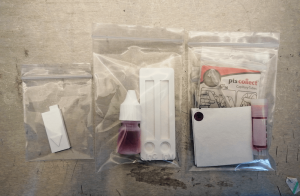 1. Finding out whether the usability of home testing kits could be tested remotely
1. Finding out whether the usability of home testing kits could be tested remotely
We conducted a feasibility study to explore whether the usability of home testing kits could be tested remotely (under Covid-19 restrictions). The study measured the accuracy with which participants followed home test instructions, and compared instructions given in three formats: written instructions (text with images), video instructions, and a video link supervision combined with instructions in written and video format (Needs et al, 2020).
The study found that the usability of home testing kits can be evaluated remotely through videolink methodologies, which allowed to capture user errors that could not have been measured through self-reported measures of satisfaction, preference and confidence. Further, most quantitative errors in the study resulted from user actions (errors in executing the procedure).
See:
Needs, S. H., Bull, S. P., Bravo, J., Walker, S., Little, G., Hart, J., & Edwards, A. D. (2020). Remote videolink observation of model home sampling and home testing devices to simplify usability studies for point-of-care diagnostics. Welcome Open Research, 5, 174. https://doi.org/10.12688/wellcomeopenres.16105.1
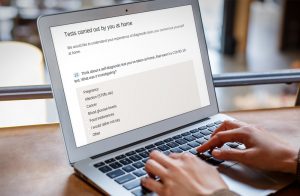 2. Finding out what people think about diagnostic tests and user instructions
2. Finding out what people think about diagnostic tests and user instructions
We conducted an online survey to better understand people’s past experience with diagnostic tests and their beliefs about home tests.
The survey allowed to gather contextual information and user perceptions and experience of diagnostic tests and user instructions. Among other things, results from the survey suggested that users recognise using their background knowledge to bridge gaps in instructions, and that some of instructions are not designed to include users without this prior knowledge. Although instructions for home tests are usually provided in printed form, there was considerable appetite for video instructions.
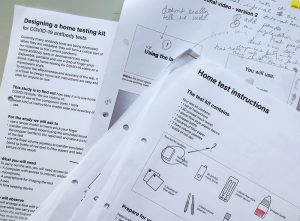 3. Design and evaluation of prototype instructions for blood sampling at home
3. Design and evaluation of prototype instructions for blood sampling at home
We designed three versions of instructions for Covid antibody home test. The instructions showed how to carry out three tasks, chosen because they represent critical steps in antibody Covid-19 home blood testing. The feasibility of the tasks had been tested in a previous study of this research (Needs et al 2020).
Three versions were developed using the same structure, content and visual design: a static version with illustrations, a static versions with photographs, and a video version.
Read about what we found here.
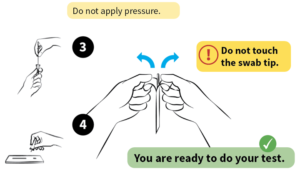 4. Evaluation of graphic treatment in instructions for LFTs
4. Evaluation of graphic treatment in instructions for LFTs
We did a series of small studies to explore issues of graphic presentation in instructions to operate LFTs. We designed versions of diagrams and whole sections of the instruction for LFTs, to explore ways in which colour, images, vertical space and arrows can be used effectively.
We asked members of our panel for feedback through an online questionnaire. They told us their preference and, where relevant, expressed their views about the options presented to them. This helped us to identify appropriate graphic treatments for elements such as precaution information, test overviews and instructional diagrams.
Read more about what we found in study 1 and study 2.
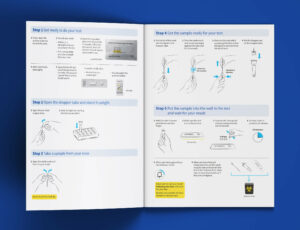 5. Using research findings to inform the design of instructions for other tests
5. Using research findings to inform the design of instructions for other tests
The findings from the above studies fed into a final prototype for instructions on paper. Our creative partner created animated versions of the LFT diagrams, to enhance the explanation of how to operate the tests. These prototypes have yet to be fully tested, but initial informal feedback is positive.
We are currently using our printed prototype as a template for instructions to other kinds of LFTs and other kinds of health-related procedural instructions.
We are evaluating the these instructions in a usability test of 2 saliva-based COVID-19 tests.
